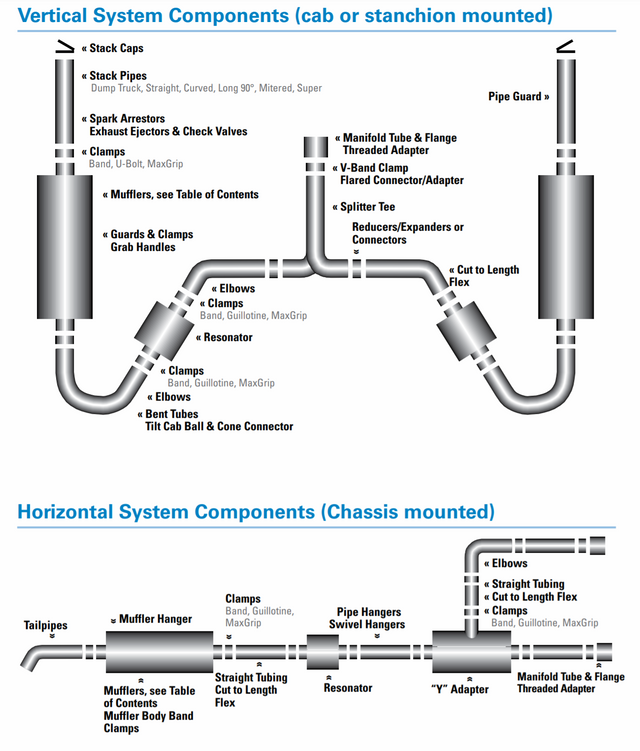Exhaust Manifolds

When was the last time that you checked your exhaust manifold? Was it when you last had an exhaust leak?
Exhaust manifolds are the ‘leading role’ of your engines exhaust system, yet when there is an exhaust leak they are not the first thing to be checked. The exhaust system itself has many parts, some are very complex. The manifold is simple in design and function. They connect to the cylinder head and funnel hot exhaust fumes into one simple exhaust pipe. An exhaust leak can be due to a blown exhaust gasket, which is a relatively inexpensive fix, if caught soon enough. Leaks can also come from cracks in the manifold itself.
In either instance an exhaust leak left untreated can be harmful to the operator, because hot exhaust fumes escape through these leaks and find their way into the cabin of the vehicle slowly poisoning the driver and any passengers. Small exposure to exhaust fumes won’t necessarily kill you, but can make you sick. If you were to smell something unusual or experience hot air in the cabin when your heater is not on, you should have your exhaust manifold and system checked immediately.
A crack in the exhaust manifold is caused by one of 2 reasons. The first one being the heat cycles the manifold experiences. Over a significant period of time these cycles take their toll on the manifold and it just gets to a point where it can’t take the heat anymore. The material starts to weaken and crack in certain spots.
Cracks can be spot welded depending on the severity of the crack. Some may be able to be done yourself, while others should be taken in to be professionally done. Welding of cracks though are only temporary fixes.
The other possibility is the brackets or “hangers” that are holding the weight of the exhaust system itself, break down. When these brackets fail, then the weight of the exhaust systems becomes supported by the exhaust manifold (which they are not meant to support).
Besides leaking, cracks in the manifold can allow outside air in, which in turn can cause the engine to stall or die. If the crack isn’t fixed in a timely fashion, you can also cause major damage to the engine, such as blown head gaskets and overheated heads.
Here are some early detection signs of an exhaust manifold going bad:
Visible Cracking – which we have discussed already
Excess/Unusual noise – this is caused by pressure forcing air out of the crack in the manifold. Noises may be heard easier upon a cold start of the engine.
Exhaust Odors – we have discussed the danger of exhaust fumes. If odors are noticed, please have exhaust system inspected as soon as possible.
Loss of Performance – Back pressure is not as prevalent and engine loses some of the power as air leaks from either cracks in manifold or the gasket.
For such a simple design and function, exhaust manifolds are critical pieces to a smooth running engine.
Recent Posts
-
What Exhaust Parts are used in an Exhaust System?
From the manifold to the exhaust stack, you’ll find that TruckpipesUSA can be the best source for y …1st Feb 2023 -
What are Exhaust Pipes for Big Rig Trucks?
Exhaust pipes for big rig trucks are an essential component of the overall exhaust system. They play …13th Jan 2023 -
What is a Marmon connection used for?
A Marmon Connection is a method to join an exhaust connection together. It is a best pra …3rd Feb 2021



